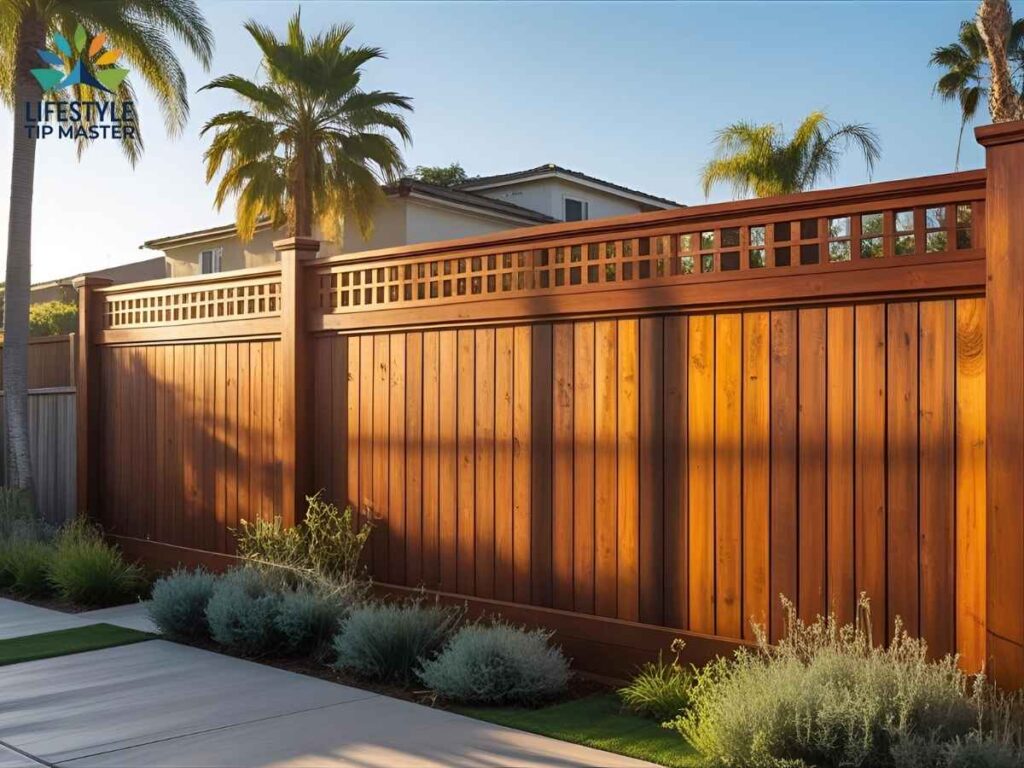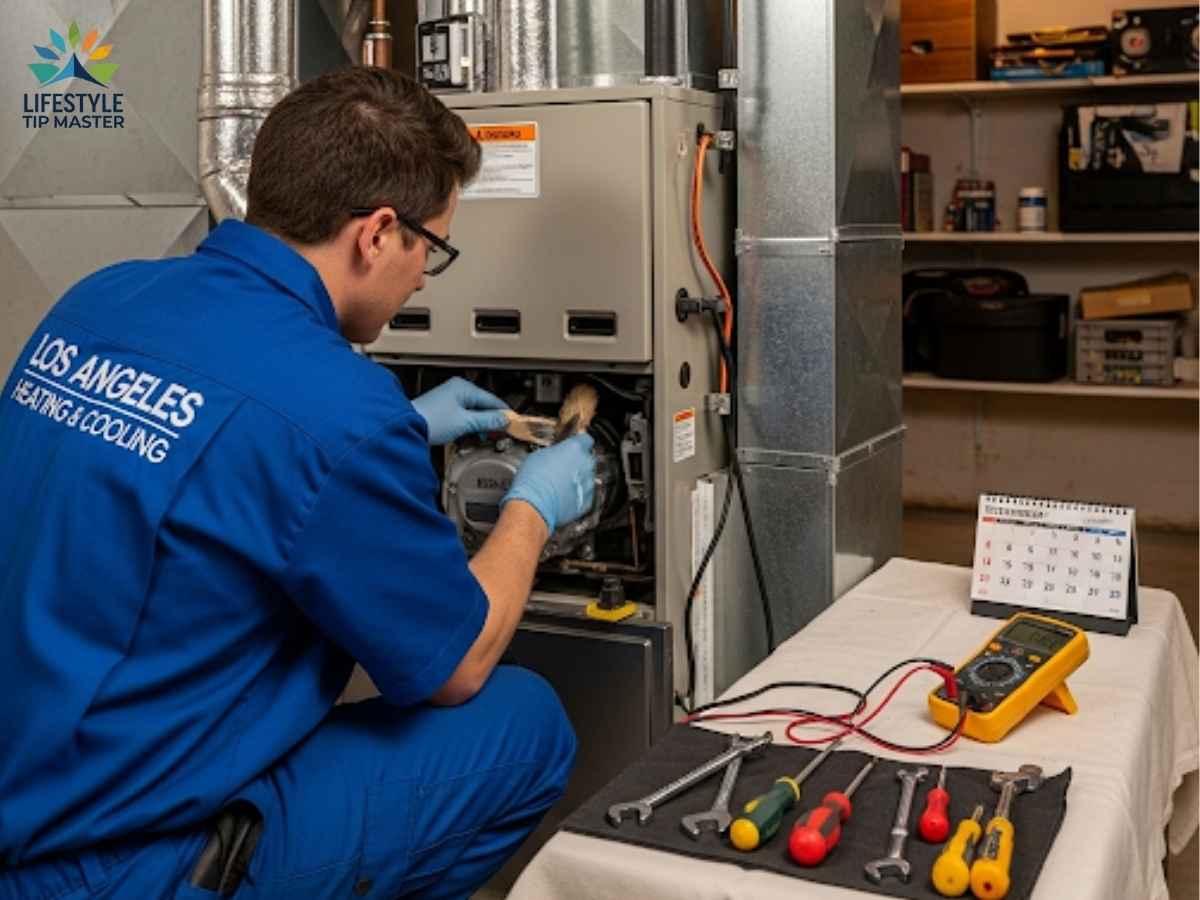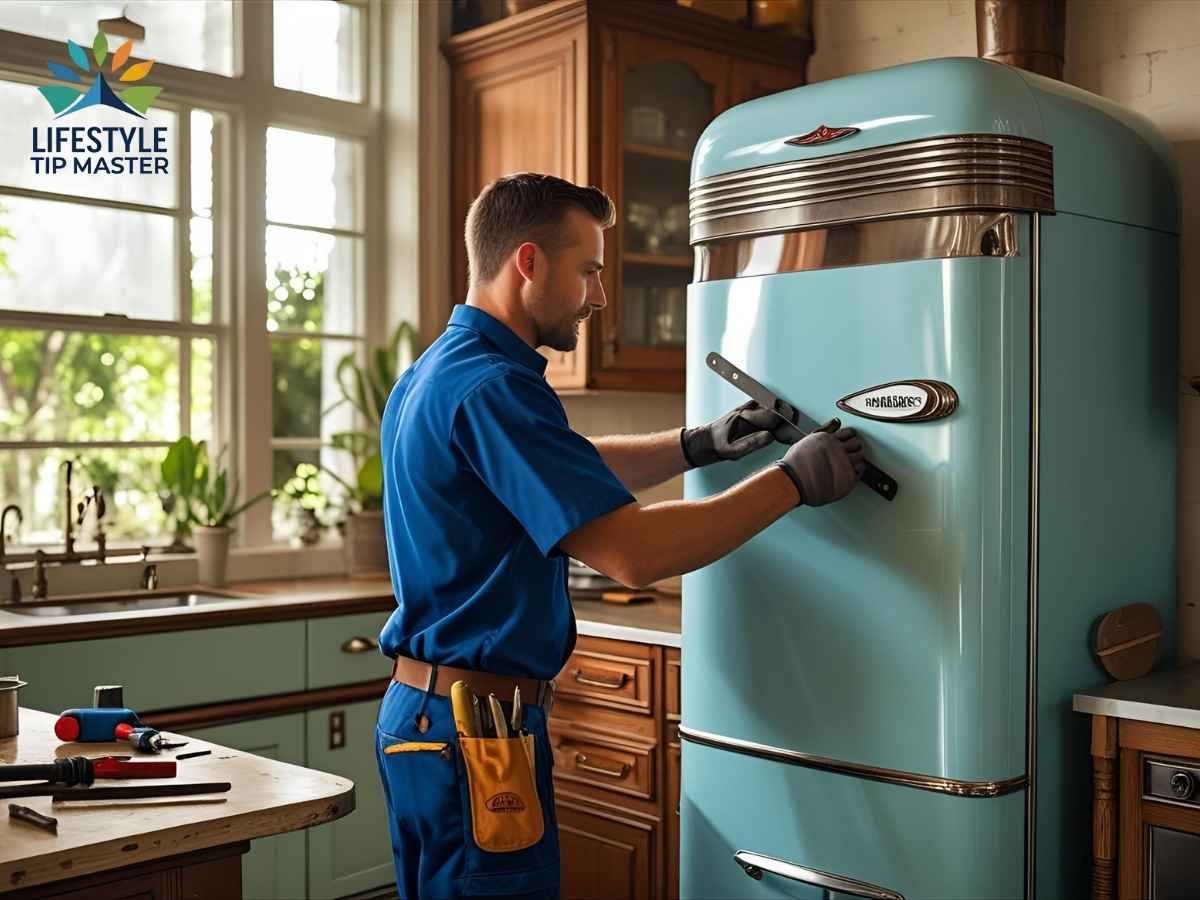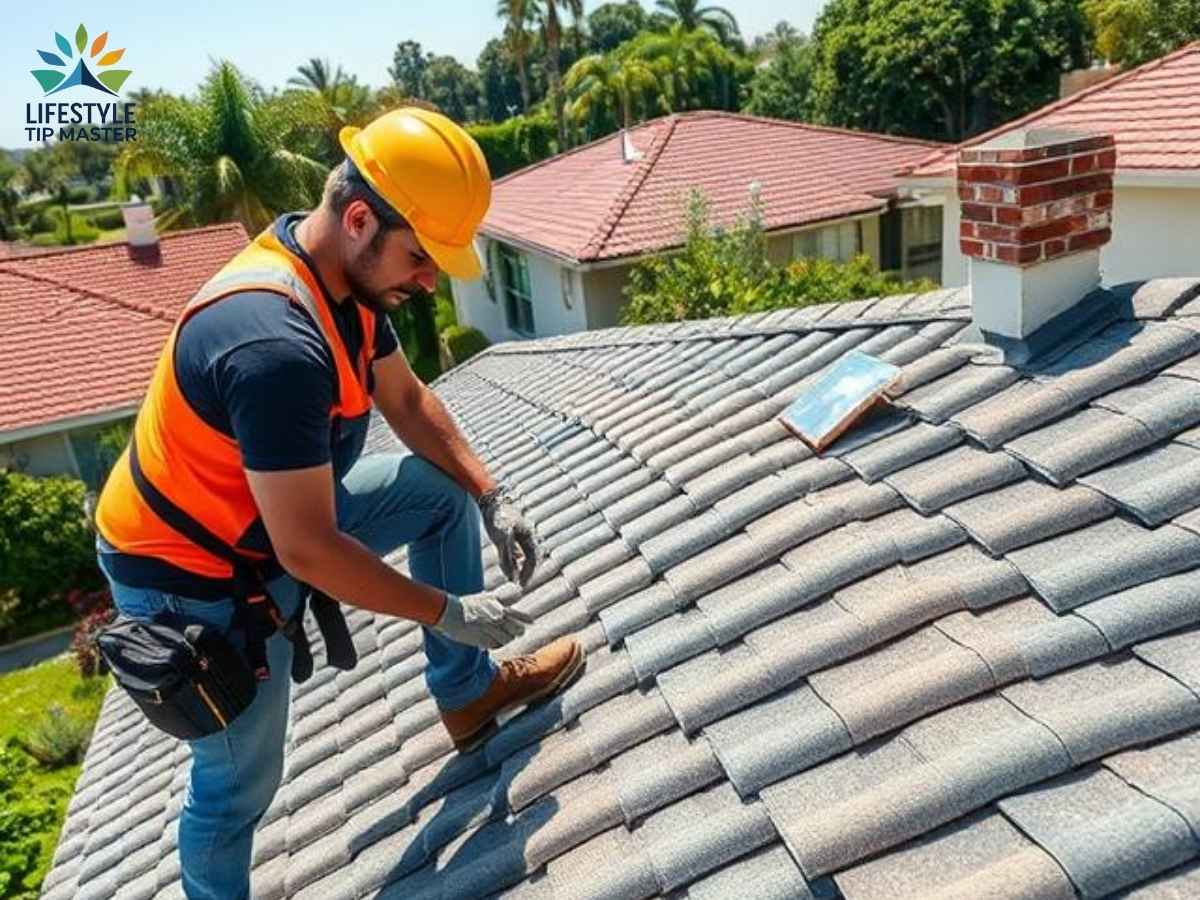If you’ve ever strolled through the charming neighborhoods of Los Angeles, from the sun-dappled streets of Echo Park (90026) to the upscale avenues of Beverly Hills (90210), you’ve probably noticed how the perfect wood fence can elevate a home’s curb appeal. But ask any local here, and they’ll tell you—maintaining that vibrant color and protecting your fence from the harsh SoCal sun, dust, and occasional rain is a craft in itself. Let’s dive deep into fence-staining techniques specially tailored for Los Angeles homes, revealing how residents in different neighborhoods keep their fences looking fresh, durable, and downright stunning.
Los Angeles is no ordinary city for fence care. With a climate that blends Mediterranean warmth and semi-arid dryness, and microclimates from the breezy coast to dry inland valleys, your fence endures a unique set of challenges. Summer temperatures often range from the mid-70s by the coast to the upper 80s and 90s inland, with low humidity but bright, unrelenting sunlight. Winters bring mild temperatures, although the rainy season can bring its share of moisture. This combination means your wooden fences face UV fading, cracking, and potential water damage if neglected.
Table of Contents
Local Challenges to Fence Staining in Los Angeles

- UV Sun Damage: The strong sun can bleach wood quickly, causing fading and weakening the structure.
- Dry Air and Dust: The arid, dusty environment, especially in neighborhoods like Van Nuys (91405) or San Fernando Valley, leads to wood drying out and cracking.
- Rain and Moisture: Though generally dry, when it rains, especially during winter months or El Niño years, trapped water can cause wood rot without proper sealing.
- Local Regulations: Los Angeles has zoning laws and permit requirements (e.g., minimum fence height limits and material use in historic districts) that can influence stain choices and fence repair methods.
Proven Staining Techniques Tailored for LA’s Neighborhoods
The first step before staining is always cleaning, and power washing has become the go-to solution. In areas like Silver Lake (90039), residents commonly use power washing to strip away the accumulated sun-faded grime and dust. This helps the fresh stain soak deeper into the wood for longer-lasting protection.
Next comes surface preparation—scraping off old peeling stain or paint, sanding rough spots, and repairing minor damages. Sandy cracks and splinters left untreated can accelerate deterioration.
In contrast to the typical oil-based stains favored in many parts of the country, Los Angeles homeowners often prefer semi-transparent stains with UV blockers, striking the perfect balance between showcasing the natural wood grain and providing solid sun protection. In coastal neighborhoods such as Venice (90291), ceramic-based or water-repellent stains are popular due to their superior moisture resistance.
For those dealing with especially dry and sunny inland areas like Burbank (91502) or North Hollywood (91601), multiple thin coats of stain applied in spring or early fall have been found to offer the best defense against cracking and fading. Rather than one heavy coat, this method allows the wood to breathe while still being shielded.
Three Local Success Stories
- Echo Park Wooden Privacy Fence Renewal (90026): A family home on Sunset Boulevard noticed their fence was turning gray and brittle. They hired a local specialist who prepped the fence with thorough power washing and sanding, then applied a high-quality semi-transparent cedar stain with UV protection. After two years, the fence still boasts deep color and no signs of peeling.
- Venice Beach Redwood Fence Restoration (90291): Near the shore, salty air had deteriorated a redwood fence’s sheen. Teak Master, a trusted LA refinishing company, stepped in with a complete restoration—chemical stripping of old coats, brightening treatments, and a marine-grade finish with enhanced water resistance. The fence now stands resilient against sea breezes, maintaining a fresh look year-round.
- Beverly Hills Estate Fence Staining (90210): For a luxury property with intricately designed fencing, the owners chose to work with TH Gates & Fences who meticulously stained the detailed woodwork using a durable, low-VOC stain with weather-resistant polymers, providing long-term gloss and a premium finish that suits the high standards of the neighborhood.
The Top 3 Fence-Staining Services in Los Angeles
- HandyMaestro Fencing Solutions: Located conveniently in Monterey Park, HandyMaestro offers comprehensive fencing services with expert advice on stain selection tailored for local climate variations. They specialize in wood, aluminum, and composite fences and provide free consultations plus assistance with city permits. Their team guarantees quality work with a hassle-free installation process. [handymaestro.com]
- Teak Master: For over two decades, Teak Master has been the go-to expert for wood restoration in Los Angeles. They focus on using eco-conscious, biodegradable products and precision techniques like power washing, sanding, conditioning, and premium staining. They serve the greater LA and Orange County areas, customizing finishes that withstand the Southern California weather effortlessly. [teakmaster.com]
- TH Gates & Fences: This company brings more than 10 years of experience to the LA market, expertly handling wooden gate and fence staining alongside fabrication and repairs. They offer personalized staining solutions, including custom color matching and weatherproofing treatments. Their attention to detail and customer care is praised across neighborhoods like Culver City, Hollywood, and Glendale. [th-gatesandfences.com]
Essential Local Tools and Resources
Fencing projects in LA often require permits, especially when fences exceed height limits or use specialty materials. You can check guidelines and apply permits through the Los Angeles Department of Building and Safety website, which provides valuable zoning information and permit forms.
For utility markouts before any digging or installation, contact DigAlert to avoid hitting underground cables or pipes—a vital step in LA construction safety.
Resources for stains and finishing products can be found at local suppliers like Sherwin-Williams stores all over the city, from Westwood to Downtown LA, where expert advice on selecting the best stain for your neighborhood climate is readily available.

Conclusion: Protect Your LA Fence Today
Whether you’re nestled in the hills of Studio City or on a bustling street in Downtown LA, fence staining is more than a simple task—it’s an investment in your property’s beauty and longevity. With Los Angeles’ distinct climate challenges, choosing the right techniques and local experts is key to keeping that fence looking fresh year after year.
Ready to transform your fence? Start with a thorough cleaning, pick a stain with UV and moisture protection, and trust a seasoned local pro who understands LA’s nuances. Your fence will thank you with years of enhanced curb appeal and durability.
Frequently Asked Questions (FAQ)
Do I need a permit to stain or repair my fence in Los Angeles?
Generally, staining does not require a permit. However, if you are making structural repairs or replacing large portions of the fence, especially if exceeding height limits (over 6 feet in backyards or 3.5 feet in front yards), check with the LA Department of Building and Safety for permit requirements.
When is the best time to stain a fence in Los Angeles?
Early spring or fall are ideal times due to moderate temperatures and lower UV exposure. Avoid staining during peak summer heat or rainy winter periods to ensure proper drying and absorption.
What type of stain works best for coastal neighborhoods like Venice?
For coastal areas exposed to salty air and moisture, a water-repellent or marine-grade stain with UV protection is best to prevent wood rot and fading.
How often should I stain my fence in the LA area?
Typically, every 2 to 3 years is recommended to maintain color and protection, but this can vary based on fence material, exposure, and stain type.
Can I stain an existing fence myself or should I hire a professional?
While DIY staining is possible, hiring a professional ensures proper preparation, even application, and use of high-quality materials tailored to LA’s climate, yielding longer-lasting results.


